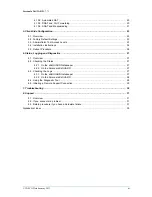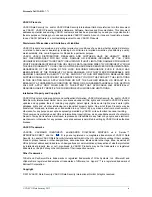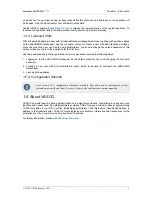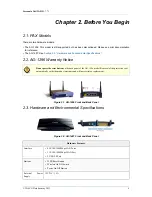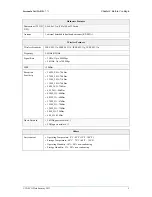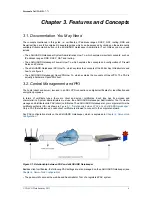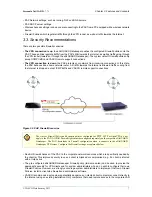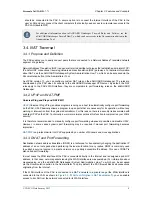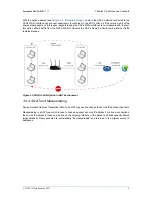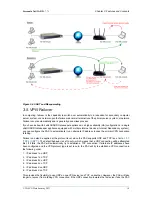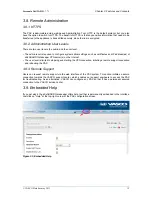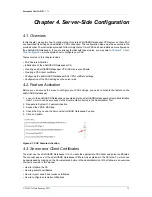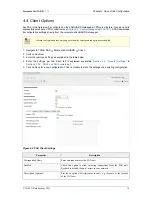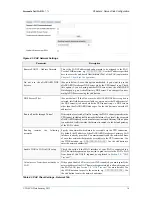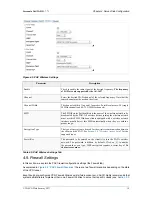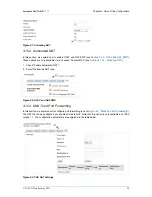
Personal aXsGUARD - 7.7.1
© VASCO Data Security 2013
6
Chapter 3. Features and Concepts
3.1. Documentation You May Need
The concepts mentioned in this guide, i.e. certificates, IP address ranges, DHCP, NAT, routing, DNS and
firewall settings, are fully explained in separate guides which can be accessed by clicking on the permanently
available Documentation button in the aXsGUARD Gatekeeper Administrator Tool. Guides you may need
include:
• The aXsGUARD Gatekeeper System Administration How To, which explains important concepts, such as
IP address ranges, DNS, DHCP, NAT and routing.
• The aXsGUARD Gatekeeper Firewall How To, which explains the concepts and configuration of Firewall
Rules and Policies.
• The aXsGUARD Gatekeeper PKI How To, which explains the concepts of the Public Key Infrastructure and
how to configure it.
• The aXsGUARD Gatekeeper OpenVPN How To, which explains the concepts of OpenVPN. The PAX is
actually a hardware OpenVPN client.
3.2. Central Management and PKI
The hosts (client and server) involved in an SSL VPN connection use digital certificates for identification and
encryption purposes.
In terms of certificate types, there are client and server certificates. Each type has its purpose and
characteristics. System administrators must use the aXsGUARD Gatekeeper Administrator Tool to create,
manage and distribute valid PAX (client) certificates. The aXsGUARD Gatekeeper at your corporate HQ is the
certificate authority (CA), as shown in
Figure 3.1, “Relationship between PAX and aXsGUARD Gatekeeper”
.
Only a PAX that was issued a valid client certificate is allowed to connect to the corporate network.
Any PAX configuration starts on the aXsGUARD Gatekeeper, which is explained in
Chapter 4, Server-Side
Configuration
.
Figure 3.1. Relationship between PAX and aXsGUARD Gatekeeper
Besides client certificates, the following PAX settings are also managed on the aXsGUARD Gatekeeper (see
Chapter 4, Server-Side Configuration
):
• The password to access the web-based Administrator Tool of a registered PAX system.



